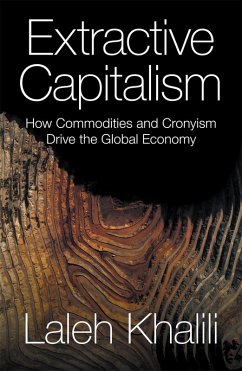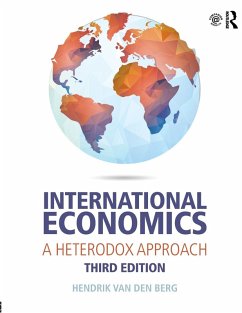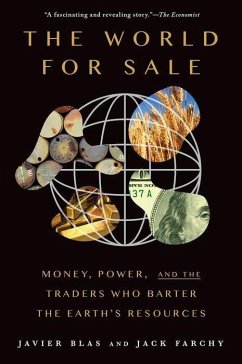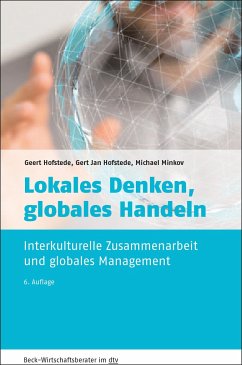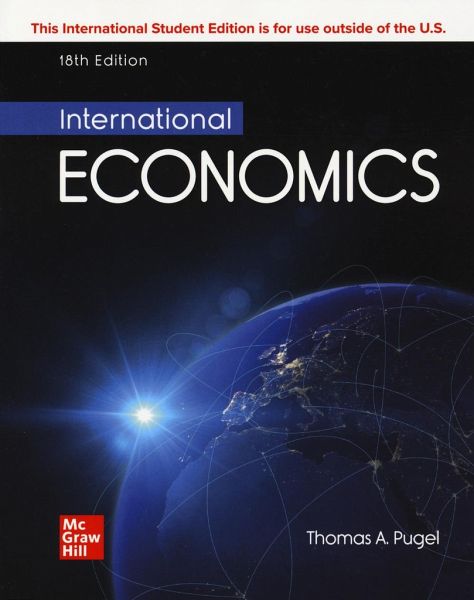
International Economics ISE
Versandkostenfrei!
Sofort lieferbar
59,99 €
inkl. MwSt.

PAYBACK Punkte
30 °P sammeln!
International Economics, 18e combines rigorous economic analysis with attention to the issues of economic policy that are alive and important today in this field. Written in a concise and readable format, Pugel uses economic terminology when enhancing the analysis so that the reader can build their understanding of global economic developments and evaluate proposals for changes in economic policies. The text is informed by current events and includes the latest in applied international research. Like earlier editions, Pugel also places international economics events within a historical framewo...
International Economics, 18e combines rigorous economic analysis with attention to the issues of economic policy that are alive and important today in this field. Written in a concise and readable format, Pugel uses economic terminology when enhancing the analysis so that the reader can build their understanding of global economic developments and evaluate proposals for changes in economic policies. The text is informed by current events and includes the latest in applied international research. Like earlier editions, Pugel also places international economics events within a historical framework. The overall treatment continues to be intuitive rather than mathematical and is strongly oriented towards policy. International Economics is thoroughly integrated with the adaptive digital tools available in McGraw-Hill's Connect, proven to increase student engagement and success in the course. Connect is the only integrated learning system that empowers students by continuously adapting to deliver precisely what they need, when they need it, and how they need it, so that your class time is more engaging and effective.



